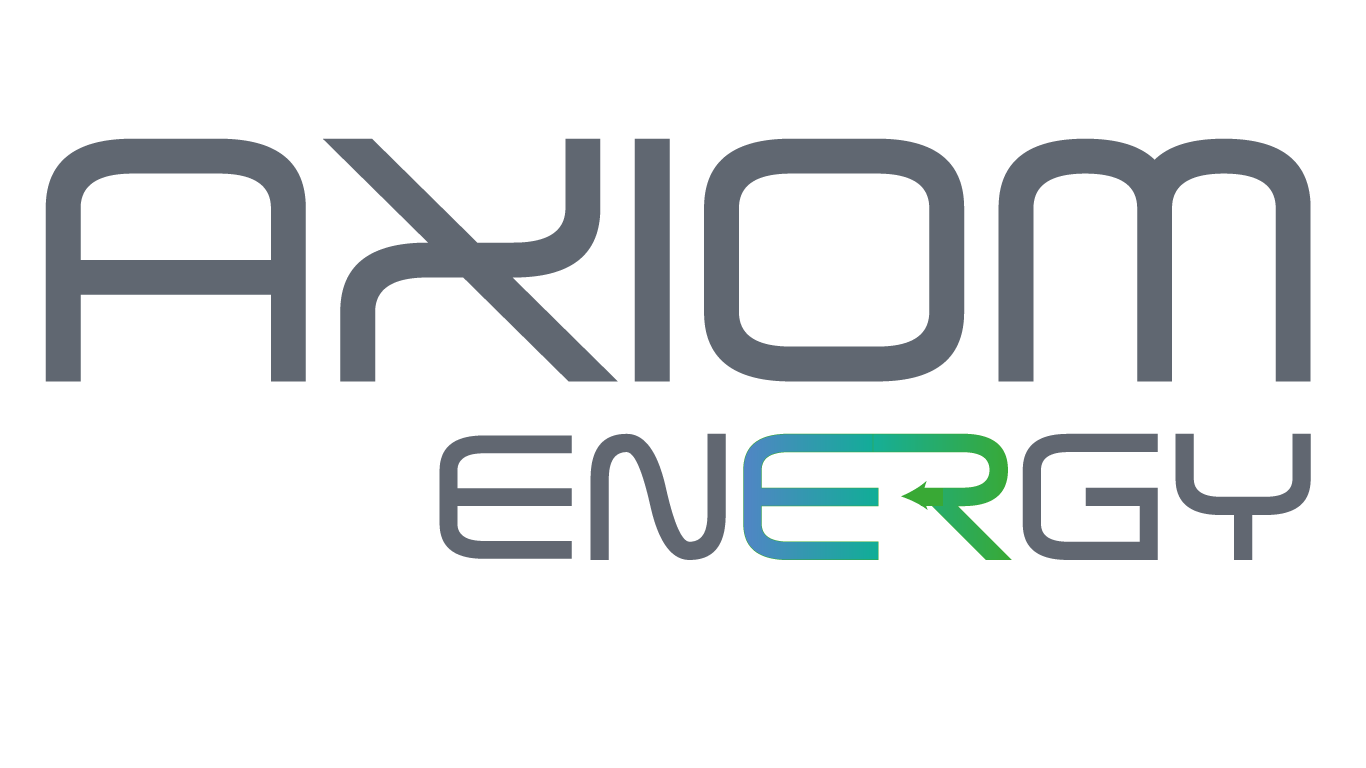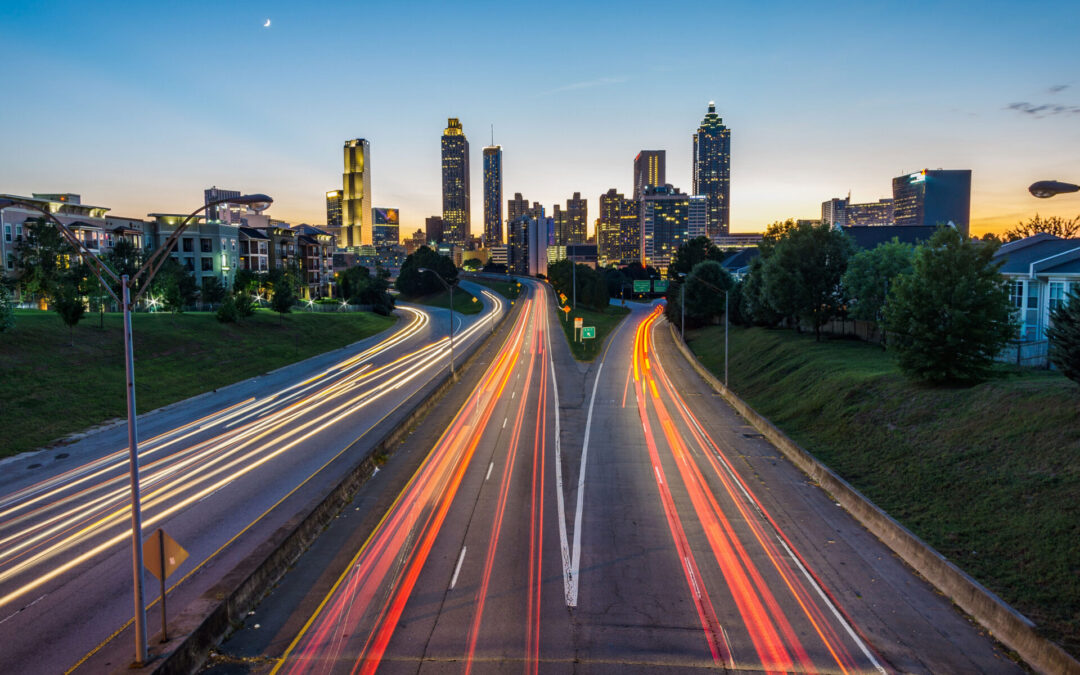Energy is transported around UK through a complex and interconnected system that involves generation, transmission, distribution, and consumption. Here’s a simplified overview:
1. Generation:
– Power Plants: Energy is generated at power plants, which can use various sources such as fossil fuels (natural gas, coal, oil), nuclear, renewable sources (wind, solar, hydro, biomass), and imports via interconnections with neighbouring countries.
– Renewable Generation: The UK has been increasing its reliance on renewable energy sources to meet sustainability goals. Wind and solar power have seen significant growth.
2. Transmission:
– High Voltage Transmission Grid: Generated electricity is transmitted over high-voltage transmission lines to reduce losses over long distances. The National Grid Electricity Transmission operates the high-voltage transmission system in England and Wales.
– Scottish and Northern Irish Grids: Scotland and Northern Ireland have separate transmission systems managed by the Scottish Power Transmission and SONI (System Operator for Northern Ireland), respectively.
3. Distribution:
– Lower Voltage Distribution Network: The transmission network connects to a lower voltage distribution network, managed by various Distribution Network Operators (DNOs) across different regions. These networks deliver electricity to homes, businesses, and other end-users.
– Local Networks: DNOs oversee local electricity networks, ensuring a reliable and secure supply to consumers. They also manage connections for new homes, businesses, or renewable energy projects.
4. Consumption:
– Homes, Businesses, and Industries: End-users consume electricity for various purposes, including lighting, heating, cooling, industrial processes, and electronic devices.
– Smart Meters: The UK has been rolling out smart meters, allowing consumers to monitor and control their energy usage more effectively.
5. Balancing and Grid Management:
– National Grid ESO (Electricity System Operator): The National Grid ESO manages the real-time balance between electricity supply and demand. They use various tools to ensure a stable and secure electricity system, including adjusting generation levels, demand response programs, and interconnections with other countries.
– Market Operations: The energy market, governed by the Balancing and Settlement Code (BSC), facilitates trading and settlements between generators, suppliers, and other market participants.
6. Interconnectors:
– Connection to Other Countries: The UK is connected to neighbouring countries via interconnections, allowing for the import or export of electricity. Interconnections enhance energy security and provide access to different energy markets.
The movement of energy in the UK involves a coordinated effort among various entities to ensure a reliable and resilient energy supply for consumers. The transition to a low-carbon energy system and increased use of renewable energy sources are key aspects of the ongoing evolution of the UK’s energy landscape.


Recent Comments